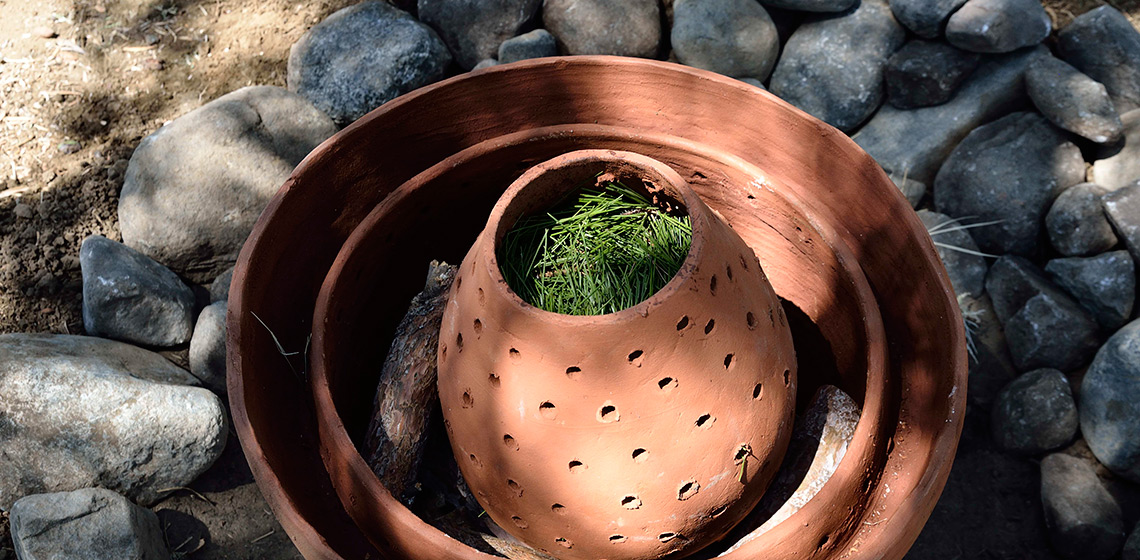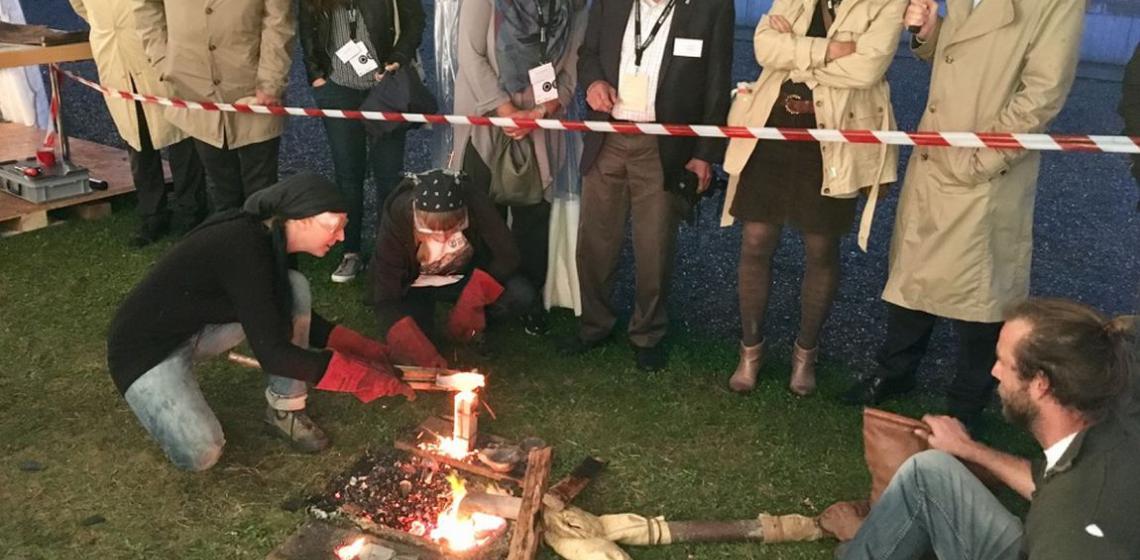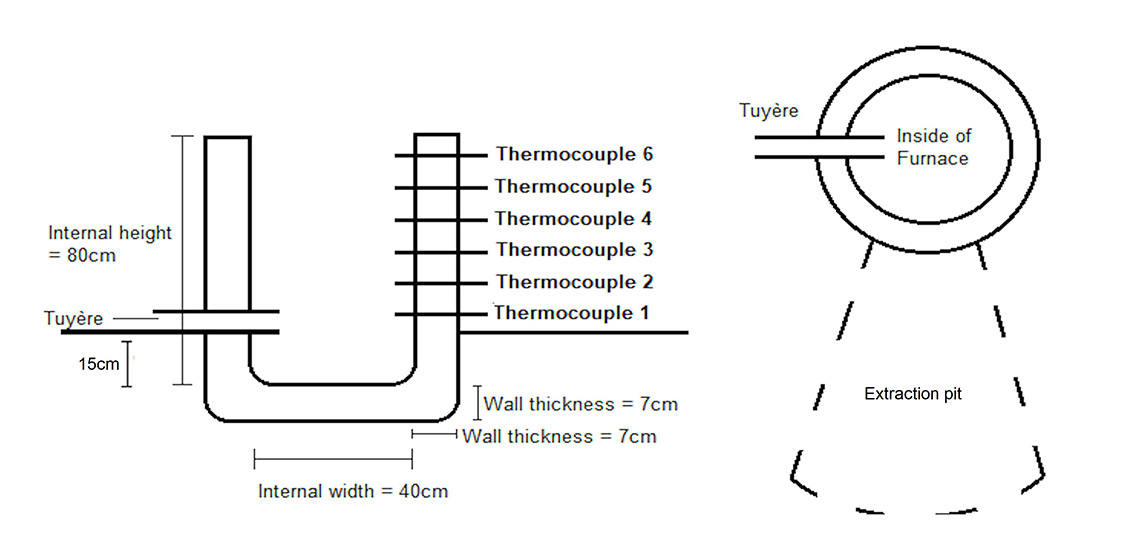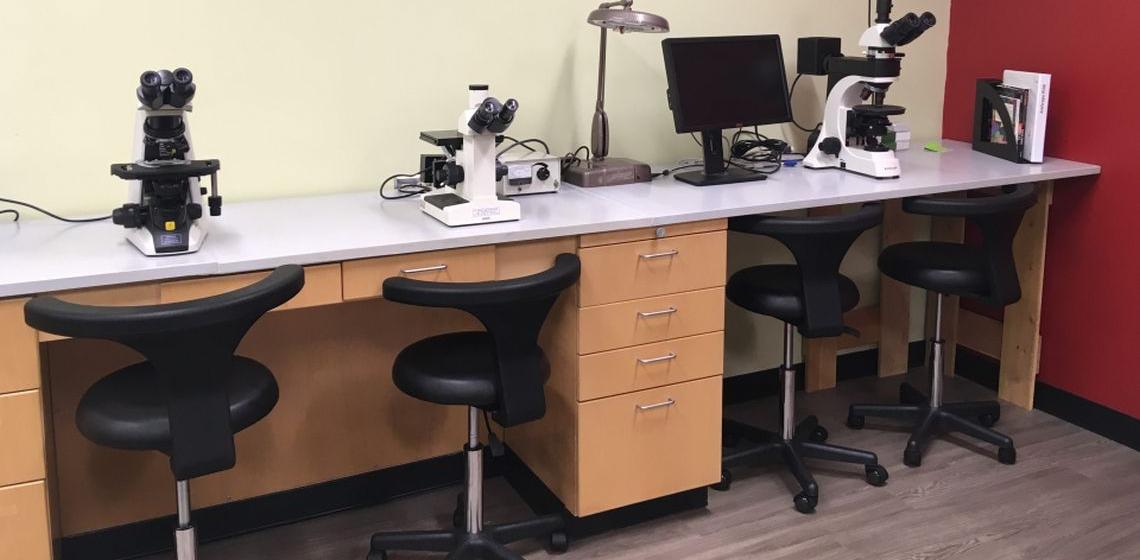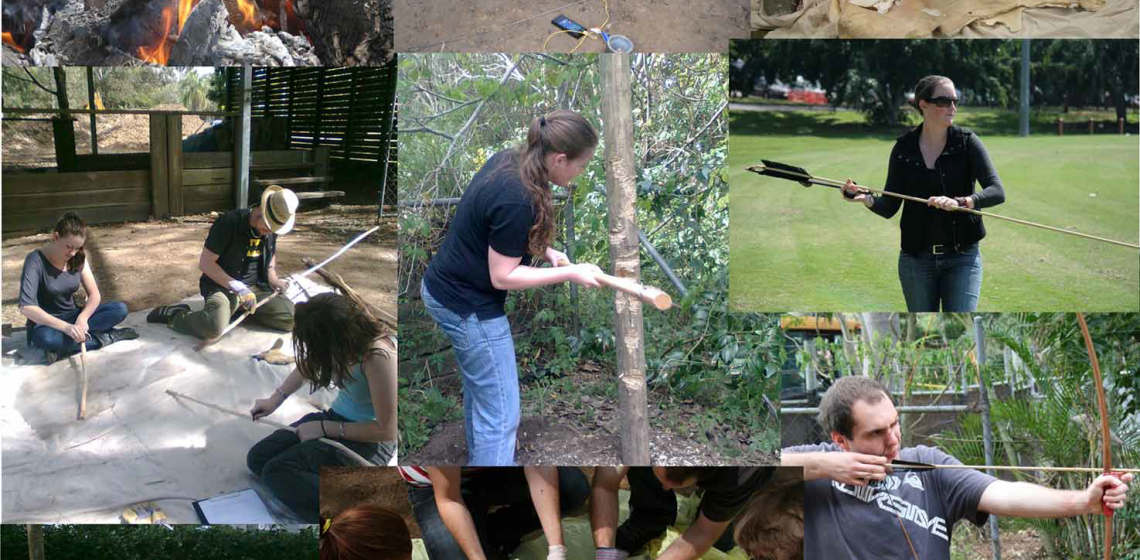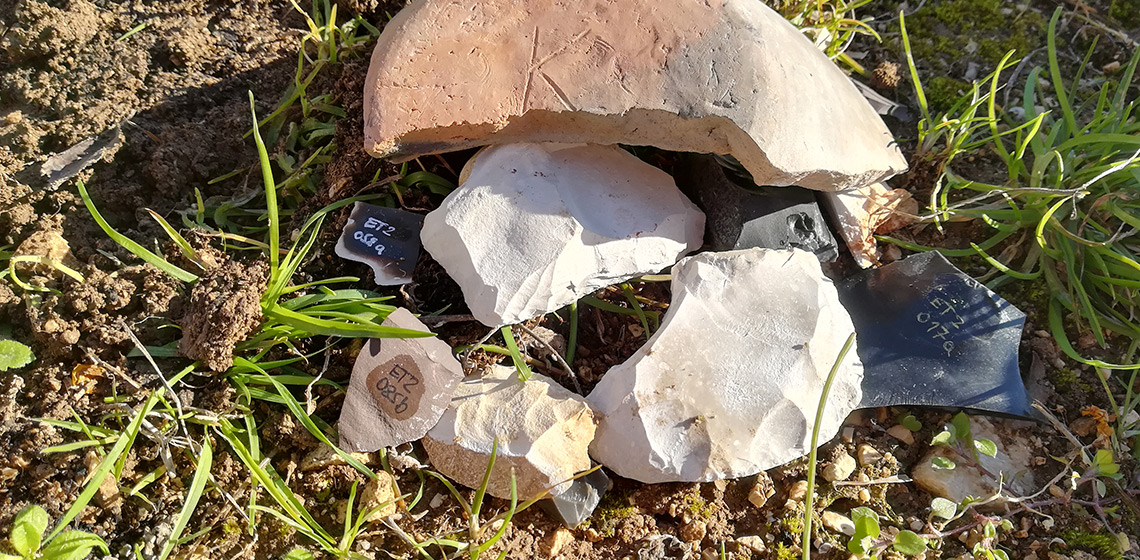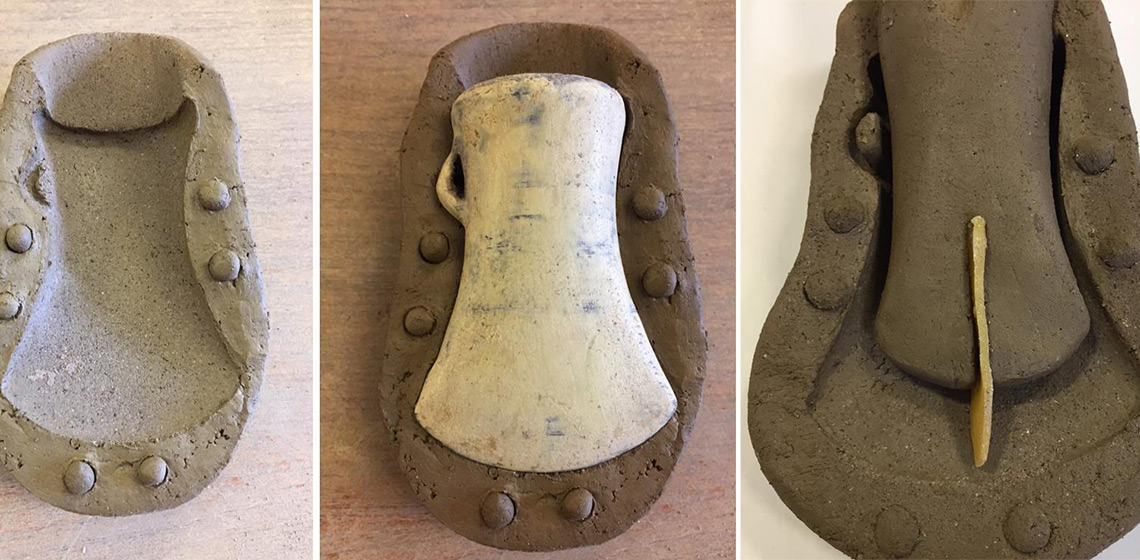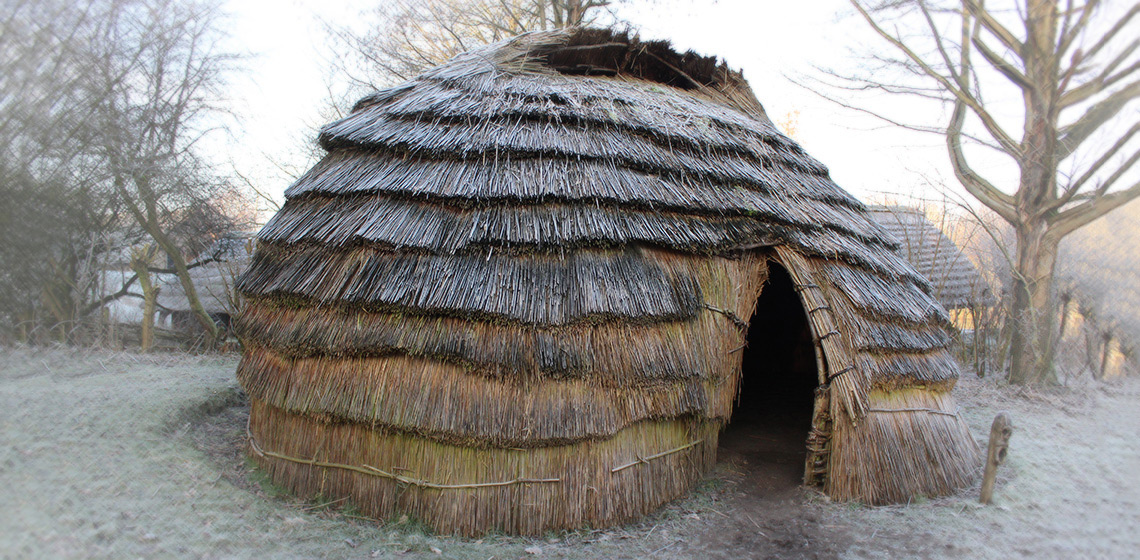Ancient Distillation and Experimental Archaeology about the Prehistoric Apparatuses of Tepe Gawra
***The Perfume Theme Park Museum of Cyprus’ research protocol of Experimental Archaeology (https://www.perfumecypark.org), aims at verifying hypotheses of ancient perfume manufacturing processes, to formulate a possible comparison with modern realities derived from the island’s ancient cultural heritage. What has recently emerged...

